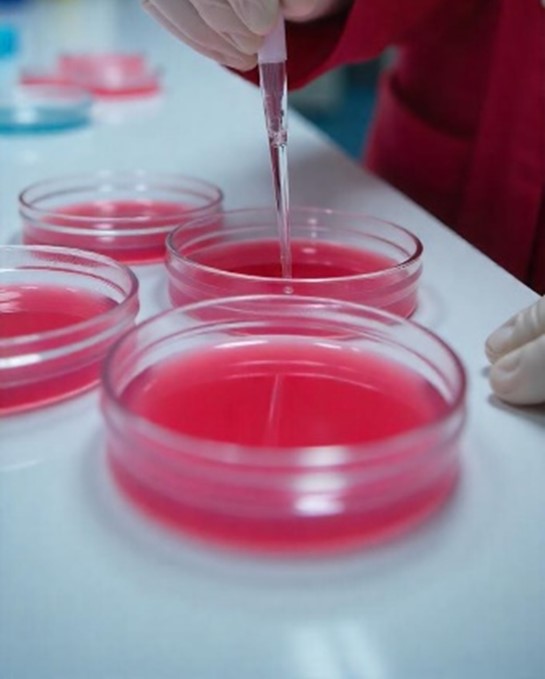Human soluble epoxide hydrolase (hsEH), encoded by the EPHX2 gene, is a promising therapeutic target for cardiovascular, metabolic, renal, and neurodegenerative diseases due to its role in degrading anti-inflammatory, antifibrotic, and antiapoptotic epoxyeicosatrienoic acids (EETs). Furthermore, inhibitors of soluble epoxide hydrolases in insects and other agricultural pests are being investigated as a novel class of pesticide that disrupts critical metabolic pathways. Despite research and development in this area, inhibitors of hsEH have struggled to reach the market, highlighting the challenges involved in achieving optimal potency, metabolic stability, and safety. To address these challenges, researchers from the Universidad Católica San Antonio de Murcia (UCAM) and the Silesian University of Technology have jointly developed next-generation hsEH inhibitors based on non-urea scaffolds.
Researchers have developed a new technology that inhibits human soluble epoxide hydrolase (hsEH). This technology employs advanced molecular design strategies to create non-urea scaffold inhibitors. This is achieved by using computational modelling and scaffold-hopping techniques to optimize various chemical structures. These in silico models have enabled the prediction of various inhibitors for hsEH, as well as toxicological predictions. This approach enhances binding affinity to the C-terminal hydrolase domain of hsEH, thereby improving metabolic stability and pharmacokinetic profiles and overcoming the limitations of traditional urea-based inhibitors.
The project is currently in the early experimental validation stage (TRL 3-4), with the development team has successfully progressed from in silico predictions to initial in vitro confirmation. The next steps will involve comprehensive in vivo validation, including assays with mice models of Alzheimer’s disease. Beyond these animal studies, the team plans to conduct further crystallization studies and molecular interaction analyses.
Benefits:
- The hsEH inhibitor shows promise as a pharmaceutical agent, particularly for treating inflammatory and neuropathic pain. It also has potential applications in the development of more effective agrochemicals.
- Its broad therapeutic potential extends to several disease areas, such as cardiovascular, metabolic, and neurodegenerative disorders.
- The inhibitor scaffolds demonstrate greater efficacy than traditional compounds, with improved binding affinity and selectivity.
- Optimized molecular structures offer drug-like properties, reducing the risk of toxicity and increasing metabolic stability.
The represented institution is looking for a collaboration that leads to a commercial exploitation of the presented invention.
Institution: Universidad Católica San Antonio de Murcia (UCAM) and Silesian University of Technology
TRL: 3-4
Protection Status: The technology is currently undergoing the intellectual property application process.
Financing: Prueba de concepto – Fundación Séneca
Contacto: Noelia Mas / noelia@viromii.com

